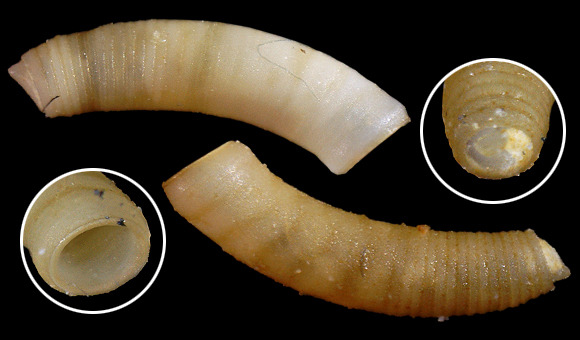
Littoral and upper infralittortal. Deposit feeder.
Basionym: Dentalium trachea.
Thick rings separated by narrow intervals that are finely striated with a wavy longitudinal microsculpture; the septum is unmistakable. Above, the form “obsoletum” Carpenter, with the first part of the shell depleted of the characteristic annulate sculpture. According to Monterosato, this form only occurs in the littoral zone of the Mediterranean sea.
15m deep, on sandy bottom, St-Julian Bay, N. Malta. 2,5mm.
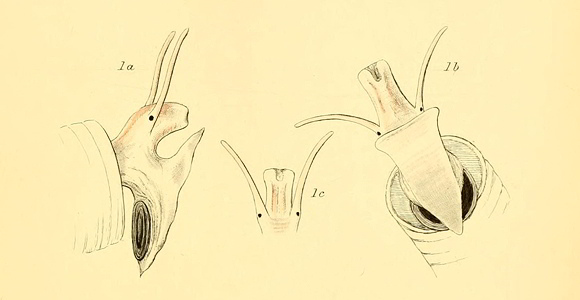
« The animal is not at all shy, it shows itself in all directions, marches with great vivacity, carrying its shell sometimes with the convexity upwards, resting on the posterior point or on one of the sides, frequently changing one for the other, by suddenly withdrawing the head and body by which action is thrown on the operculum at an elevation of fifty or sixty degrees ; it the turns the side it wishes. (Clark). » – Forbes & Hanley: op. cit. vol. III, London 1853, p.180.
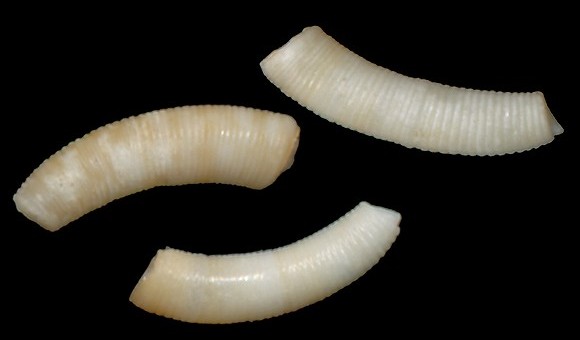
10m deep, Estepona, Málaga, Andalucia, S. Spain. 2,5mm.
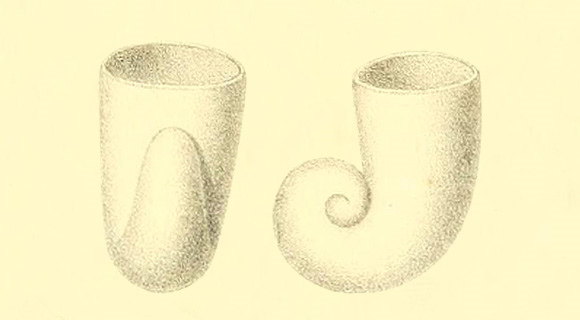
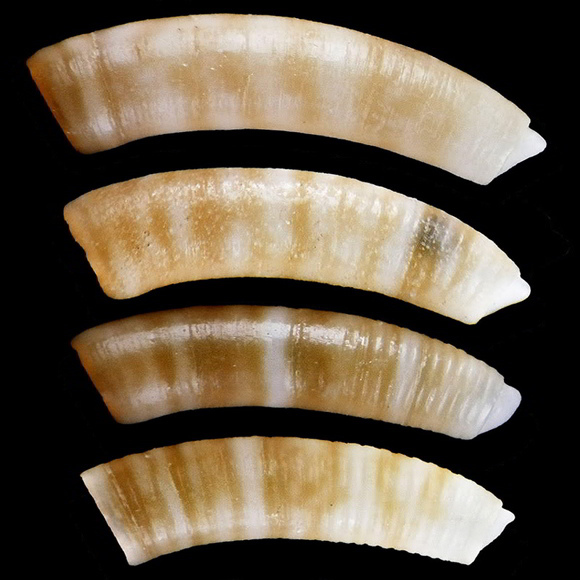
Original pictures provided by S. Clanzig (FR).
– (CC BY-NC-SA) –
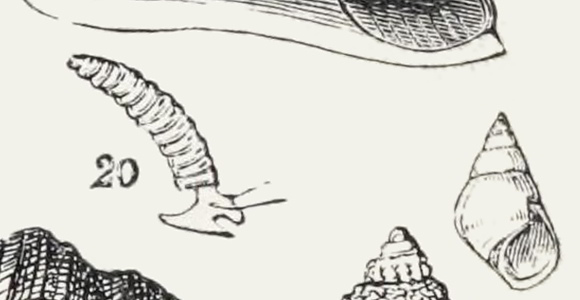
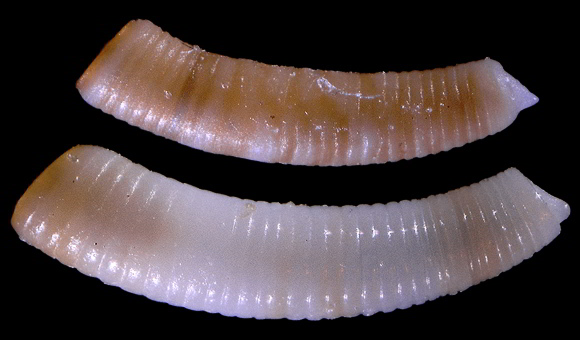
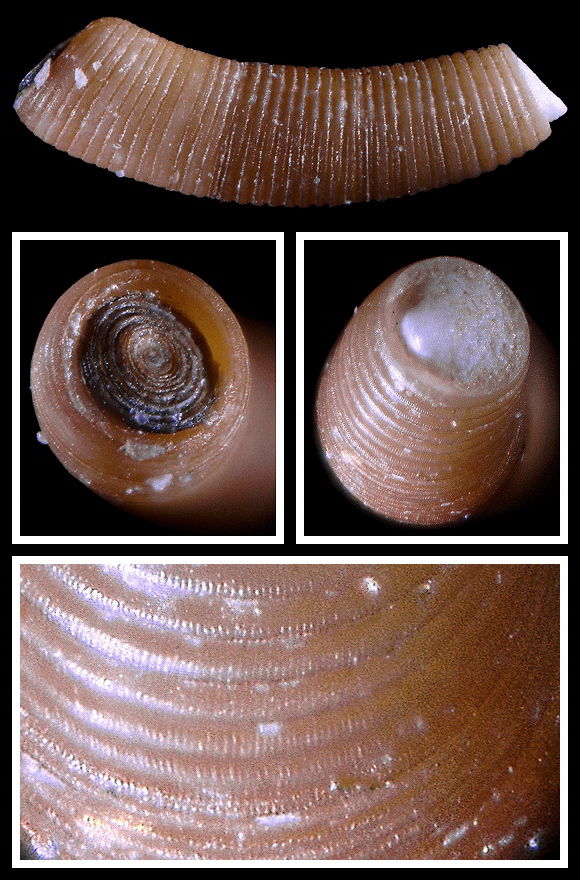
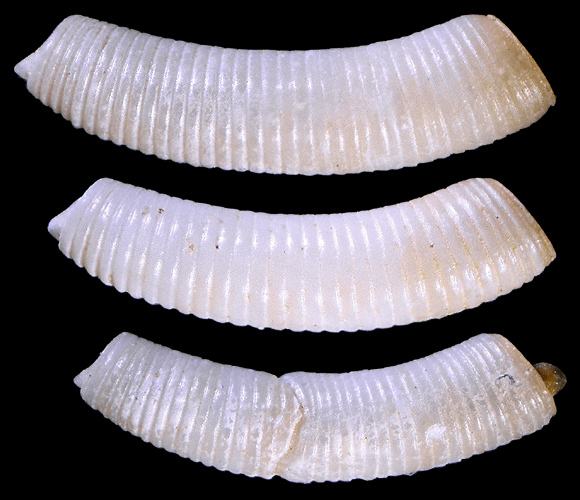
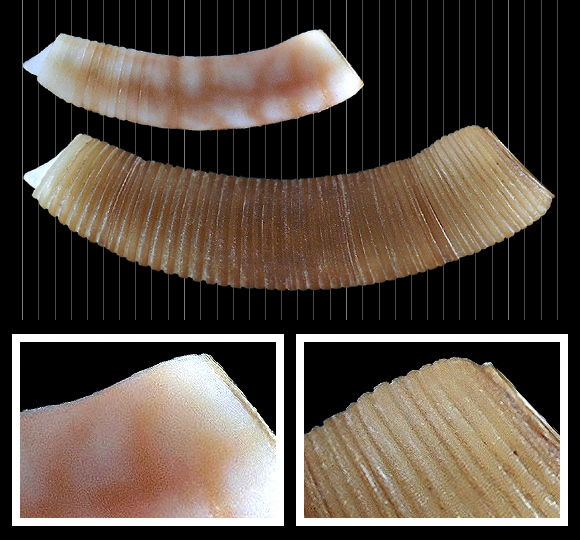
Two samples from a sediment collected at 70m deep, hvarski kanal, Split-Dalmatia Comitat, S. Croatia. 2,1-3,3mm. The smooth form was named “obsoletum” by Carpenter: the shell of this variant is similar to that of usual C. trachea, but « much smaller and more gracile; with rings remote posteriorly, while the anterior part is almost smooth… » – P. P. Carpenter: “First steps towards a monograph of the Caecidae, a family of rostriferous Gastropoda”, Proceedings of the Zoological Society of London part XXVI, London 1858, p.426. Original pictures provided by R. Stanić (HR) – (CC BY-NC-SA).
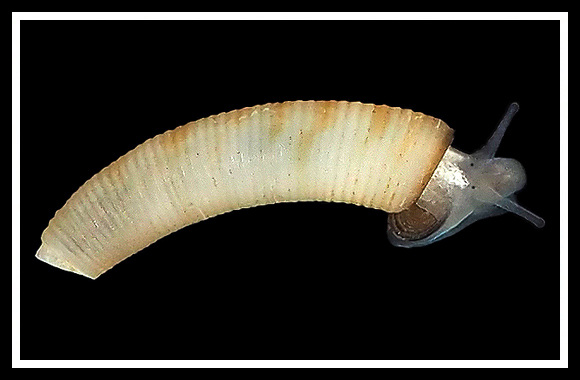
– (CC BY-NC-SA) –